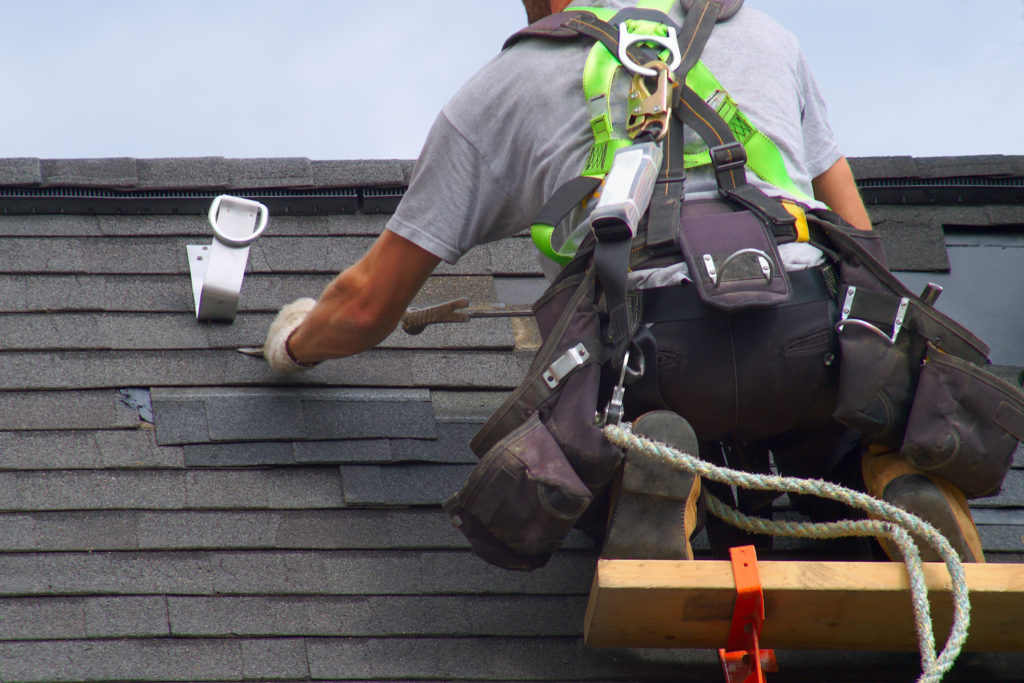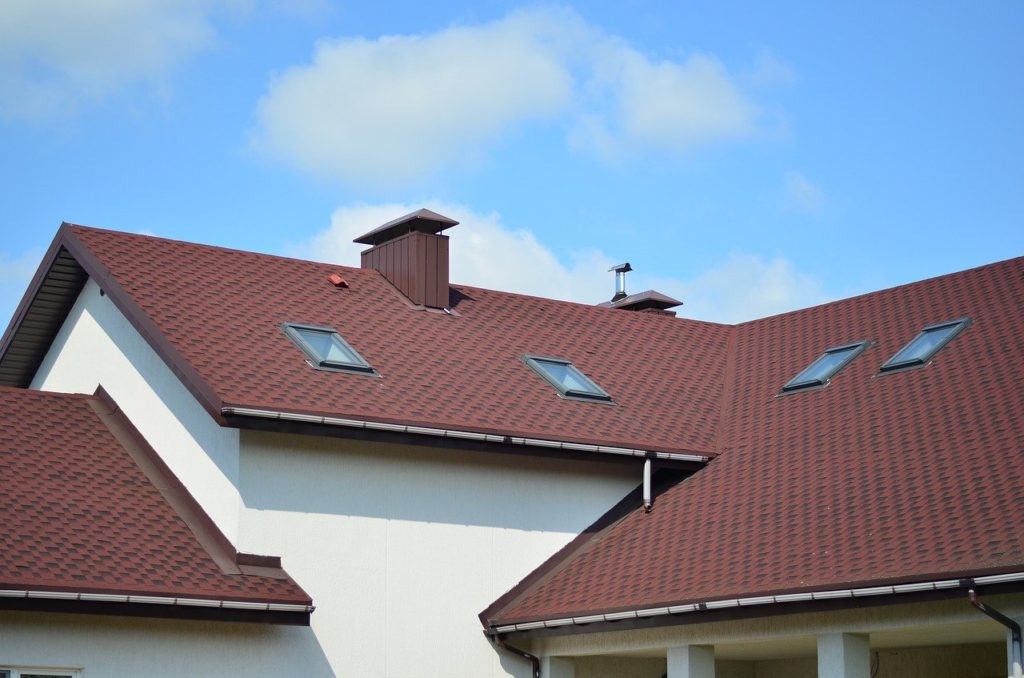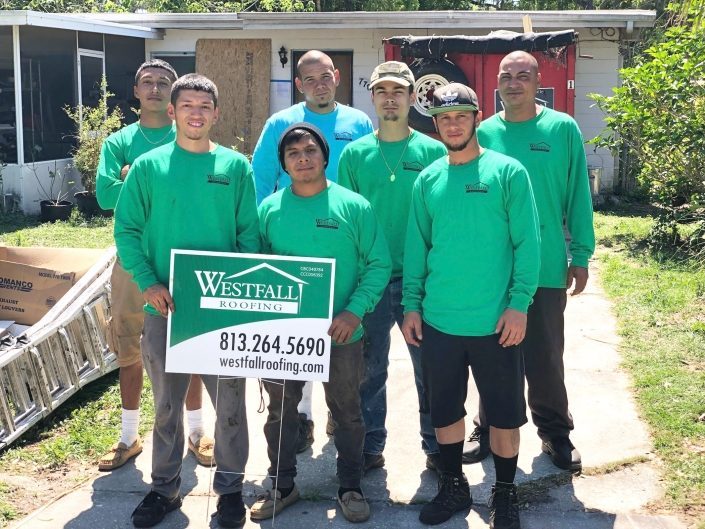Your roof is built to protect your home from the elements for a decade or two at minimum. But your roof doesn’t last forever, and it’s easy to forget about its condition until an expensive problem — mold, rot, or damaged structure — arises.
To keep your roof in good shape, schedule regular roofing inspections with a roofing professional. Keep an eye out for roofing issues, and have them fixed before they cause more damage. Learn what kinds of roof repair needs to watch out for and how to handle them.
The Importance of Regular Roof Maintenance
Most people get their roof inspected when preparing to sell their home or when purchasing a new one. However, you shouldn’t limit roof inspection to those two cases. With so much rain throughout the year and potentially nasty hurricane seasons, it’s a good idea to have your roof inspected once a year if you live in Florida. Annual inspections can catch problems early and get them fixed before they worsen.
In addition, schedule a roof inspection right away if yours is past its warranty, or has recently been exposed to severe weather. An entire roof replacement job will be more expensive than routine roof maintenance. Think of annual inspections as a necessary expense and an investment in your roof’s health.
Signs You May Need Roof Repair
Some roof issues are easy to spot. Watch for the following warning signs that your roof needs work:
- Water leaks
- Water damage in the attic or top floor
- Missing shingles
- Cracked or missing tiles
- Noticeable moss or dark algae stains
- Sunken or collapsed points
- Rising energy bills
- Overall old or worn look
- Cracked or damaged gutter guards or flashing
Weighing Repair Against Replacement
Unsure whether your roof needs to be repaired or replaced? Check its age. The average lifespan of your roof depends on the materials used. Here are some general guidelines:
- Asphalt shingles: 10 to 20 years
- Metal: 30 to 50 years
- Clay tiles: 40 years, with a maximum of up to 75 years
- Flat roofs (PVC, EPDM, TPO, modified bitumen): up to 25 years
Weather can also affect your roof’s lifespan. In Florida, intense heat, humidity, thunderstorms, and hurricanes can place additional wear-and-tear on your roof.
If you believe your roof still has life left in it, confirm this with a roofing professional. Otherwise, you may decide that a repair job is not cost effective over the long term, and it’s time to invest in a new roof.
The Roof Repair Process
A roofing professional will inspect the damage and give you an initial quote for repairs. They will schedule your repairs at the earliest mutually agreeable date and time. If your roofing issue is an emergency, they will work with you to address it as soon as possible.
When repairs begin, roofing professionals will prepare your home for work so that there’s as little disruption to your daily routine as possible. They may cover shrubs and plants nearest the house to protect them from damage.
Next, they will thoroughly diagnose and fix leaks, whether they’re caused by deterioration, wood rot, or structural damage from weather or fallen trees. Any damaged or broken roofing materials, like shingles or tiles, will be removed and replaced. Dirty or damaged flashing against walls, chimneys, and edges are cleaned of debris and fixed to safeguard against any leaks.
No matter what’s needed in the roof repair process, an exceptional roofing professional will make sure you’re happy with the quality of work before completing the job.
Temporary Roof Repair in an Emergency
Most roof repairs should be left up to the professionals. However, if you’re experiencing a sudden roof leak, you can take steps to prevent water damage until a contractor arrives.
Take note of where water is dripping, and check for any water stains and the smell of mold or mildew. Look through your attic, crawl space, or closet. Only head onto the roof itself if you feel safe; otherwise, wait for your contractor. Take pictures of the leak location and any water damage.
When you’ve found an exterior leak, clear away any surrounding debris and use a tarp as a temporary patch. To protect the inside of your home, move any furniture, rugs, or curtains out of the area. Catch drips using buckets and empty them frequently.





